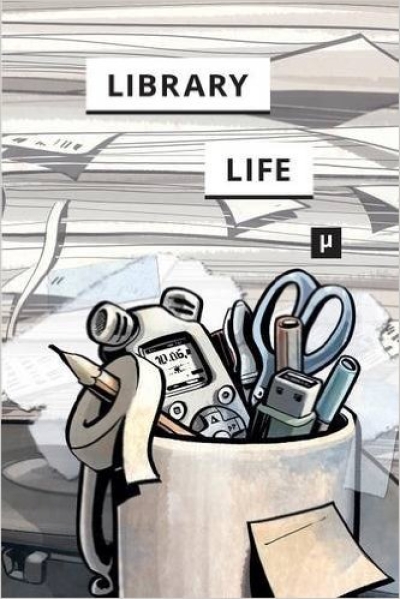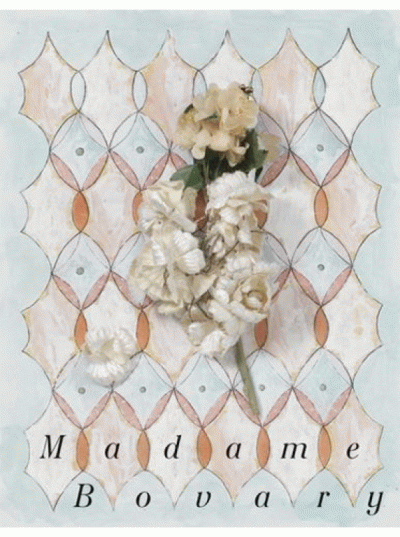
The Suspense of Architecture. The Necessity to Shine
In a way, this book can be regarded as a manuscript. A bundle of translated texts, essays, interviews, and images selected from among the numerous suggestions and various submissions from the author, which in the end failed to receive his authorisation. It is the culmination of the final project undertaken by Rotterdam-based architect Maurice Nio before losing a long-running battle with cancer in July 2023. Designed by Thomas Buxó, the book is a white version of what Nio calls his black bible. Instead of writing on that which is secret, obscure, black, and elusive, he now addresses that which is shining, clear, whiter than white, and obvious.
Whether a designer, and the architect in particular, chooses for the literal virtuality of a model that is made by a computer or for the metaphorical virtuality of a conventional model, is of no sense since it is the very borderline between both design processes that is interesting.
THE INGENIOUS INFECTION:
The trick is to stay somewhere between real and virtual, dogmatic and ambiguous, organisation and self-organisation, stable and unstable, straightforward and curved, hard and soft, and crystalline and liminal. That is my dream.
CITY FOR ANGELS:
‘The spoon and the city’ is the famous phrase of Walter Gropius that became the motto of Bauhaus. He intended an architect to be the ordering force and demiurge of all physical space. I think, as an architect, it is also important to get a grip on the virtual or, let’s say, mythological space, which cannot be determined in traditional architectonic terms. An architect always has to consider a non-human space, an angelic space, and make room for this extra dimension, where a human being can get in contact with something inhuman – the 90% dark matter of our universe. We understand only a very small part of our universe and therefore, we need to reserve in each project a large part for that other dimension, for dark matter, for angels ...
THE DETERMINATION OF AN ARCHITECT:
A large object produces its own laws – laws of a unique thing. You can obey them or not. Every director, conductor, or architect has trouble submitting the blind laws of such objects. The idea of autonomy has always been a ballast for designers. Only after giving in, one can speak of the sovereignty of subject.
THE PRINCIPLE OF ANIMATION:
At the start of a design process there is always either a phrase, a photo, a film scene, a sudden impulse or, something trivial in the location, a trigger, something coming from outside of architecture bringing life to the whole – that is the breath. Then the choice of material follows, texture and touch – that is the body. Next, colours, sounds, scents, sometimes flavours, light, and details (sharp, angular, flowing, or flat) – that is the character. Only later, when the program of requirements and the available budget are fed into making process, the forms and spaces are created – that is the dimension. This four-step process can succeed in one try, but it may have to be repeated a hundred times. Form is what it ends up being. Messing with that has not much use. Form is adornment. It seduces or it does not.
THE SUSPENSE OF THEORY:
Never trust what you see. Do not trust analysis, and trust interpretation even less. Do not trust the free space between thought and things. Rely only on what comes to mind, thought from elsewhere. (...) Confront sense, play inversely and eccentrically; simply, follow the rule of the game and the ellipsis of theory.
THE SUSPENSE OF THEORY:
As philosophy is about contemplating, theory is about envisioning. Theory does not aim to contemplate an essence, whether veiled or revealed; instead, it aims for the absolute envisioning of an appearance – a superficial appearance behind which the abyss looms. For example, a misconception or a prediction, an anecdote devoid of a moral or the gestures of a stripper, a screenshot or an animal’s eye, a distorted image in a funhouse mirror or an event taken out of context.
THE DOMAIN OF METAMORPHOSIS:
Metamorphosis as a bet against the pretentious omnipotence of thought, of philosophy, of systems of thought. Let us tear down those systems, these models and sacrifice them to the faceless god of metamorphosis.
THE DETERMINATION OF AN ARCHITECT:
One thing is for sure: architecture is haute couture. It is always personal, made to measure, unrepeatable and, of course, more precious than a standard product.
HEAVY, MURKY, AND OILY:
I want to design on the basis of a code with an internal coherence, a coherence that is not directly visible. And that process of designing is whimsical, intuitive, impulsive, and implicit.
THE PRINCIPLE OF ANIMATION:
Both animating and designing have nothing to do with the linear and academic process going from function towards form nor of the rational process from concept towards icon. You – with your soul – are solely there to initiate interlinking, to spur on the evolution of things. You, designer, you are developer of a soul stirring; and development is completely dependent on your limitations, your handicaps, your capriciousness, your deep rooted irrationality, in short your original imperfection. That is the principle of animation.

































































































